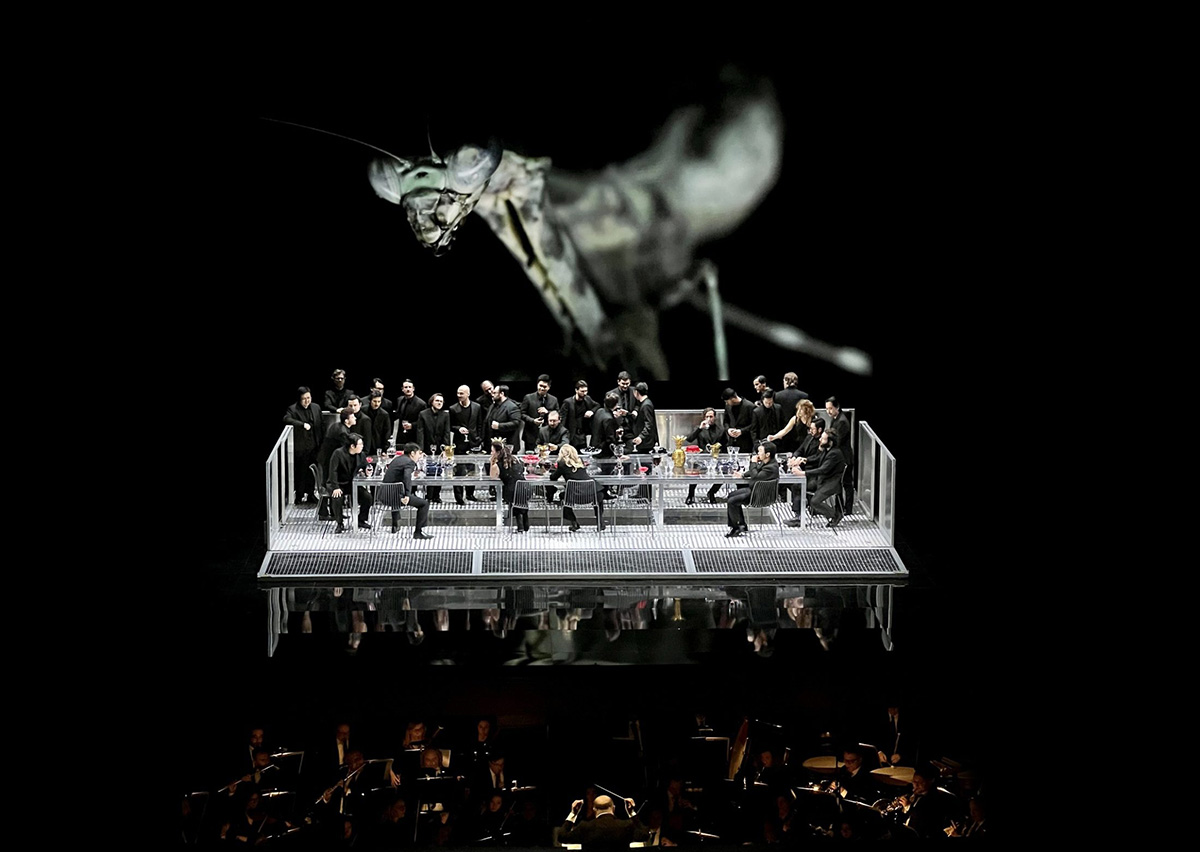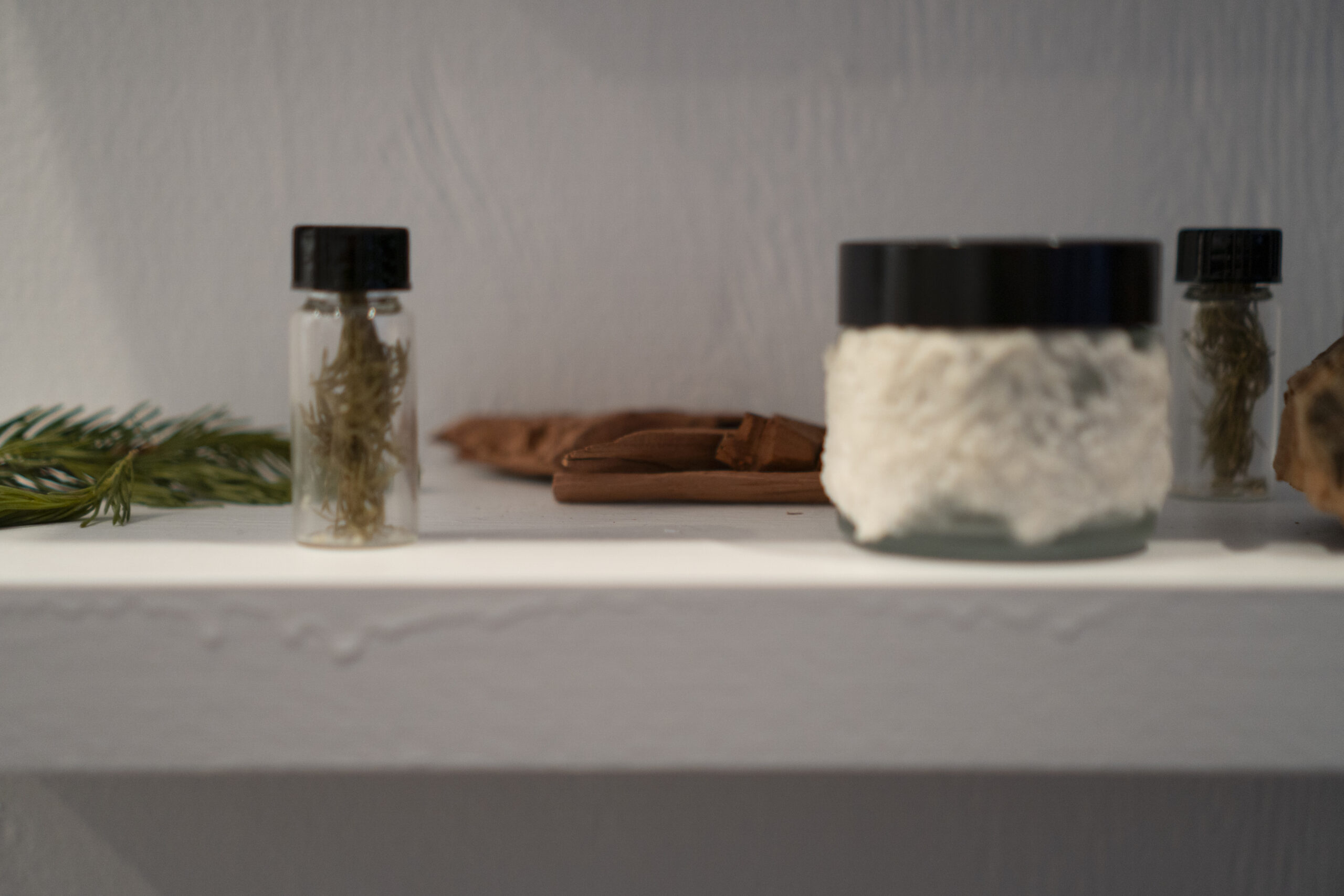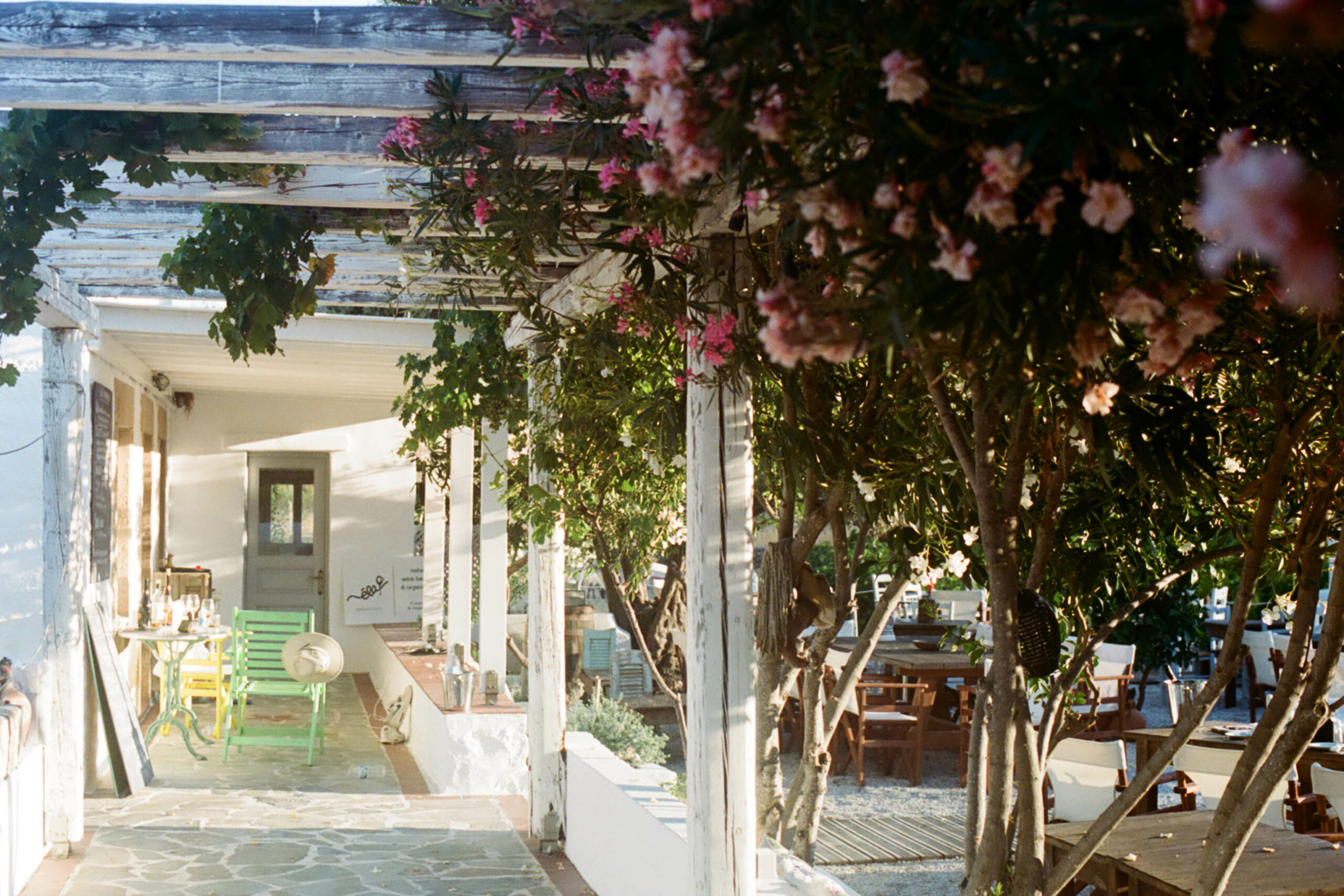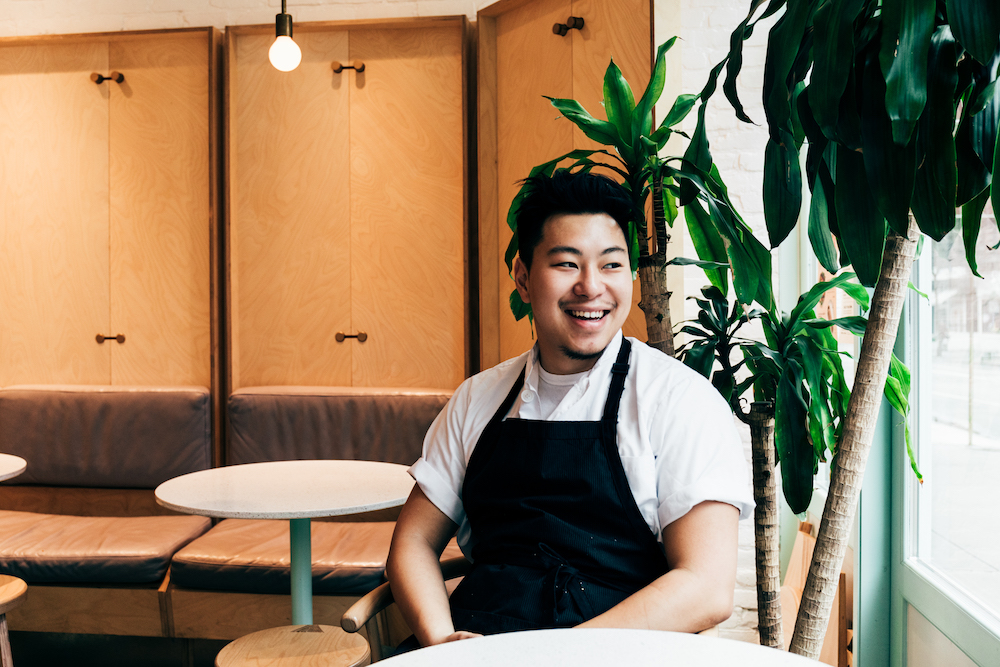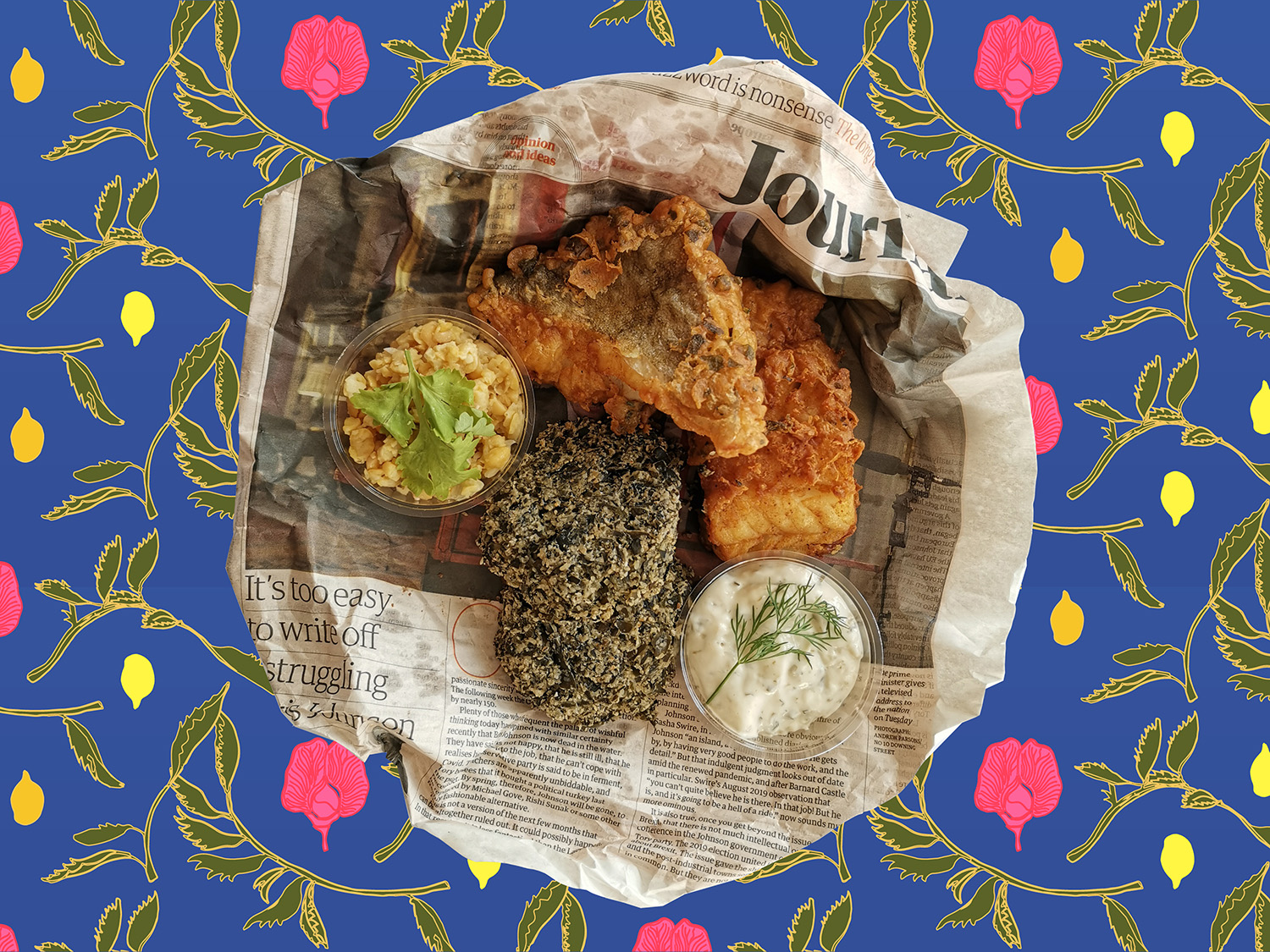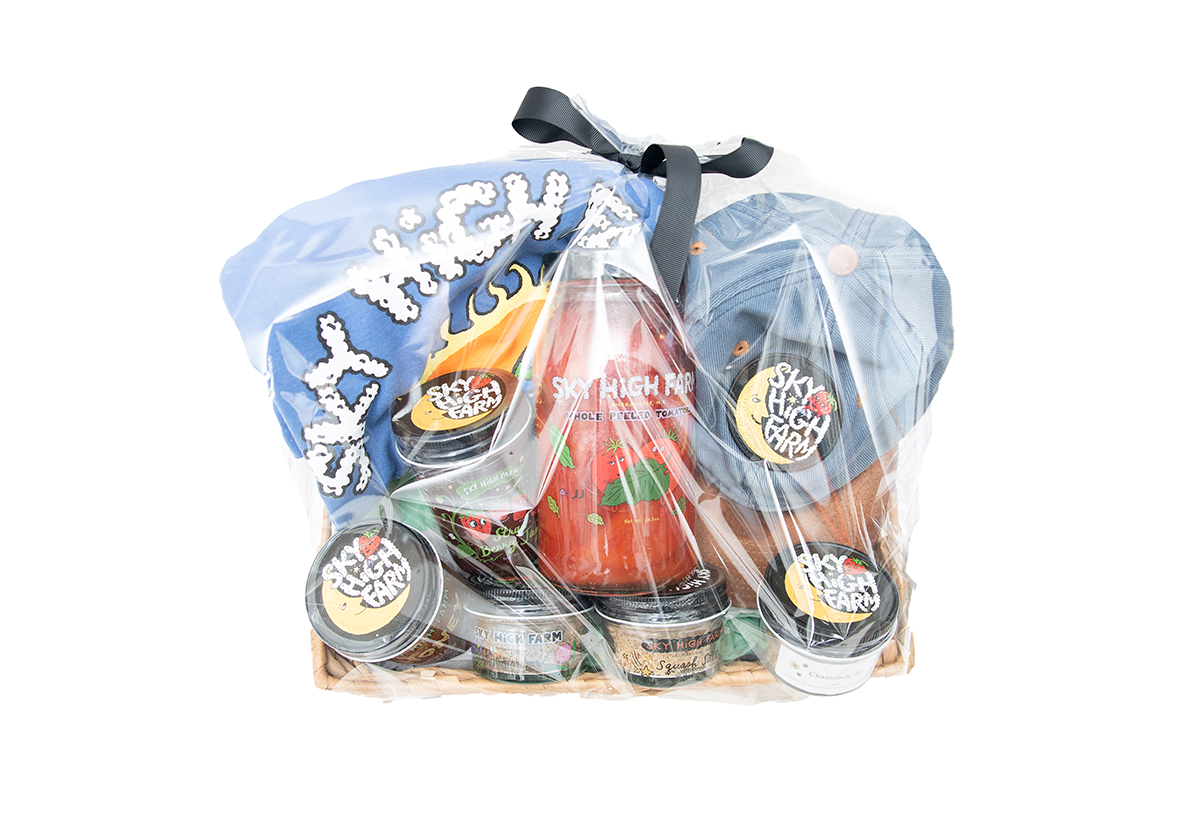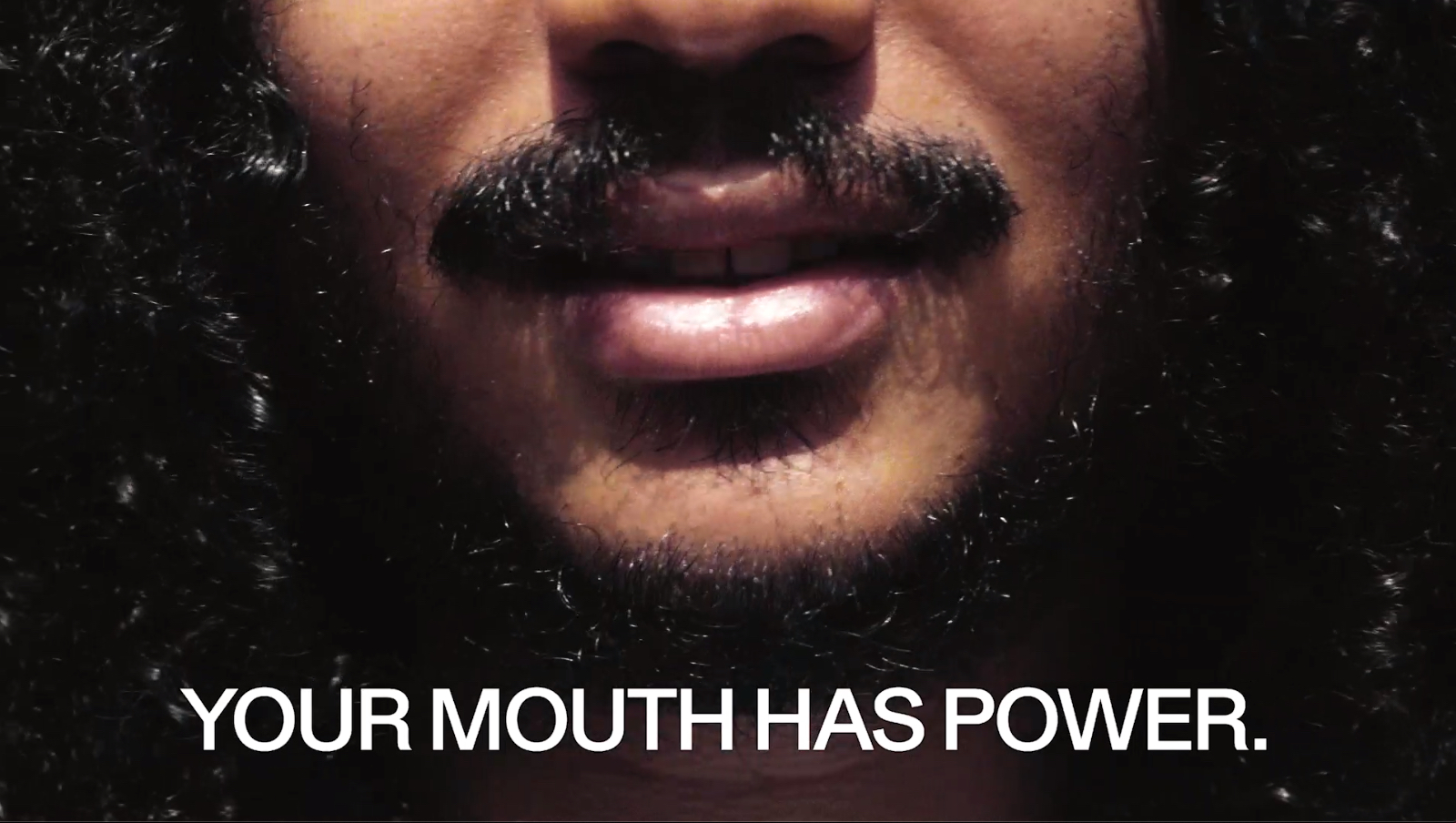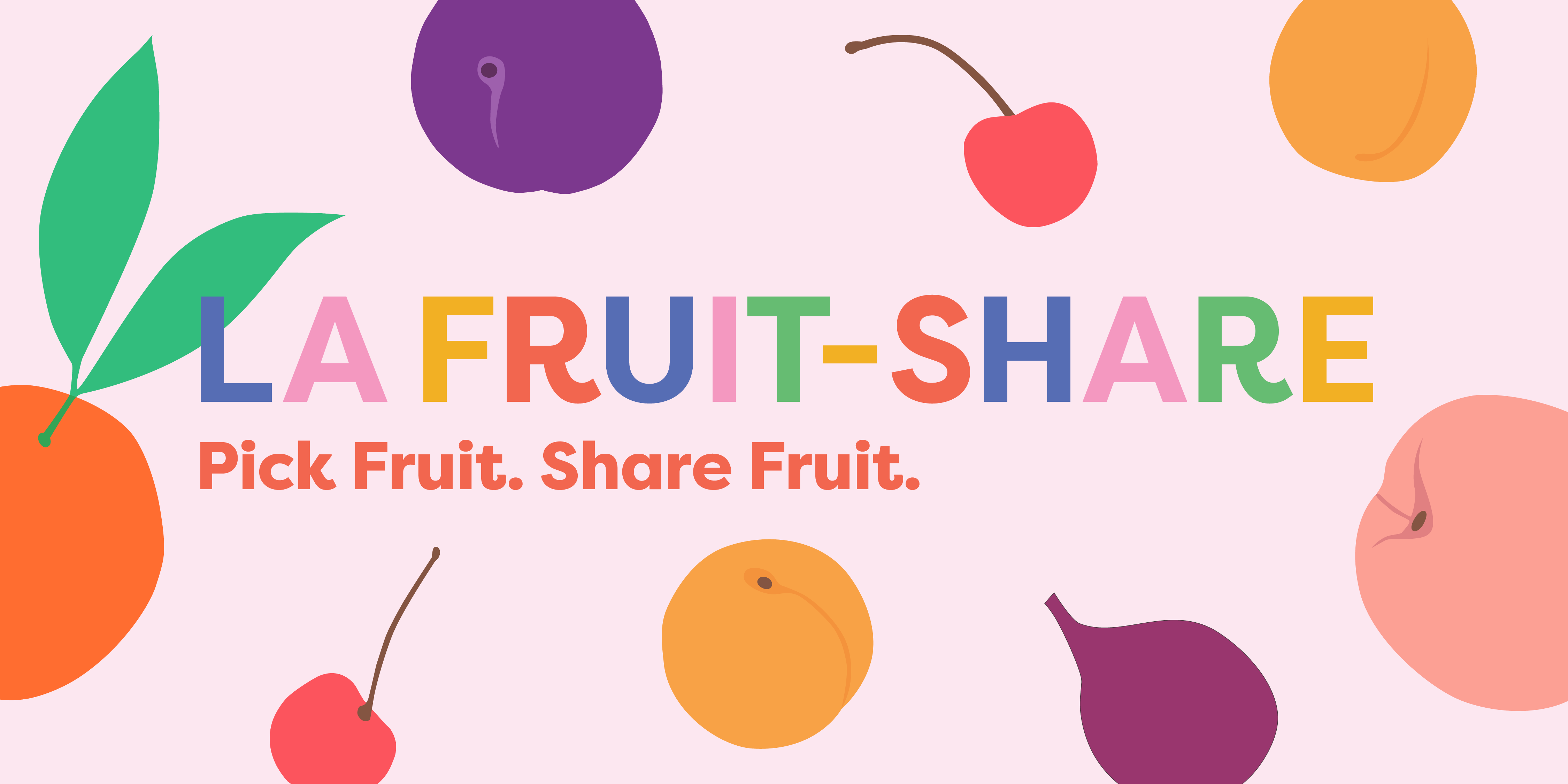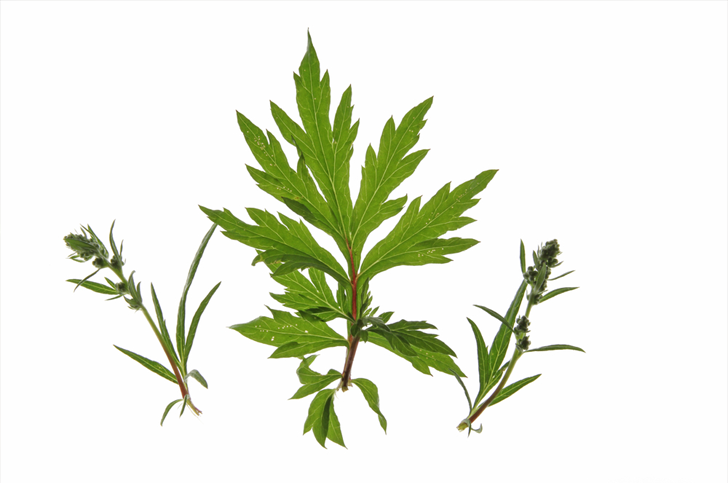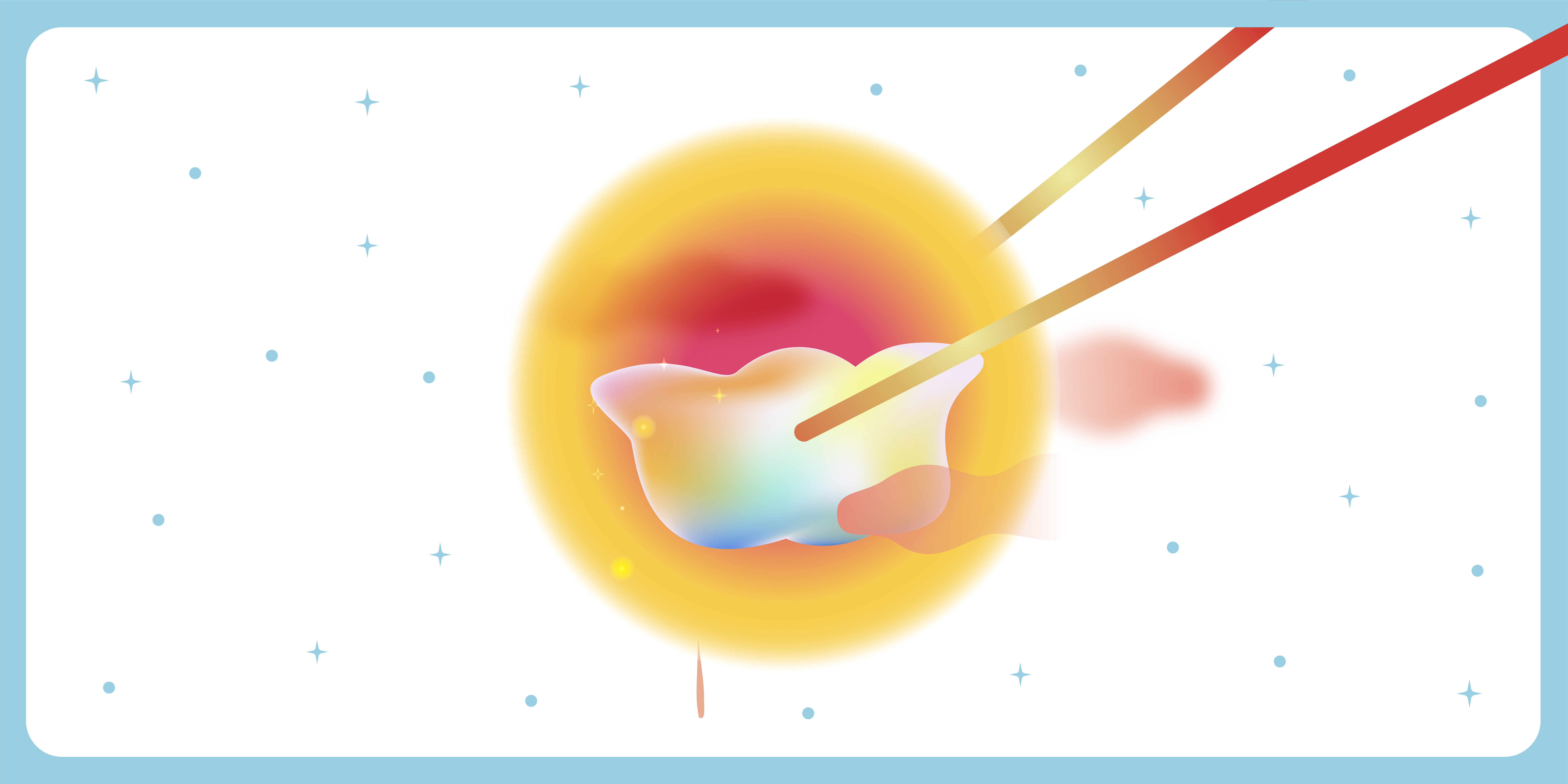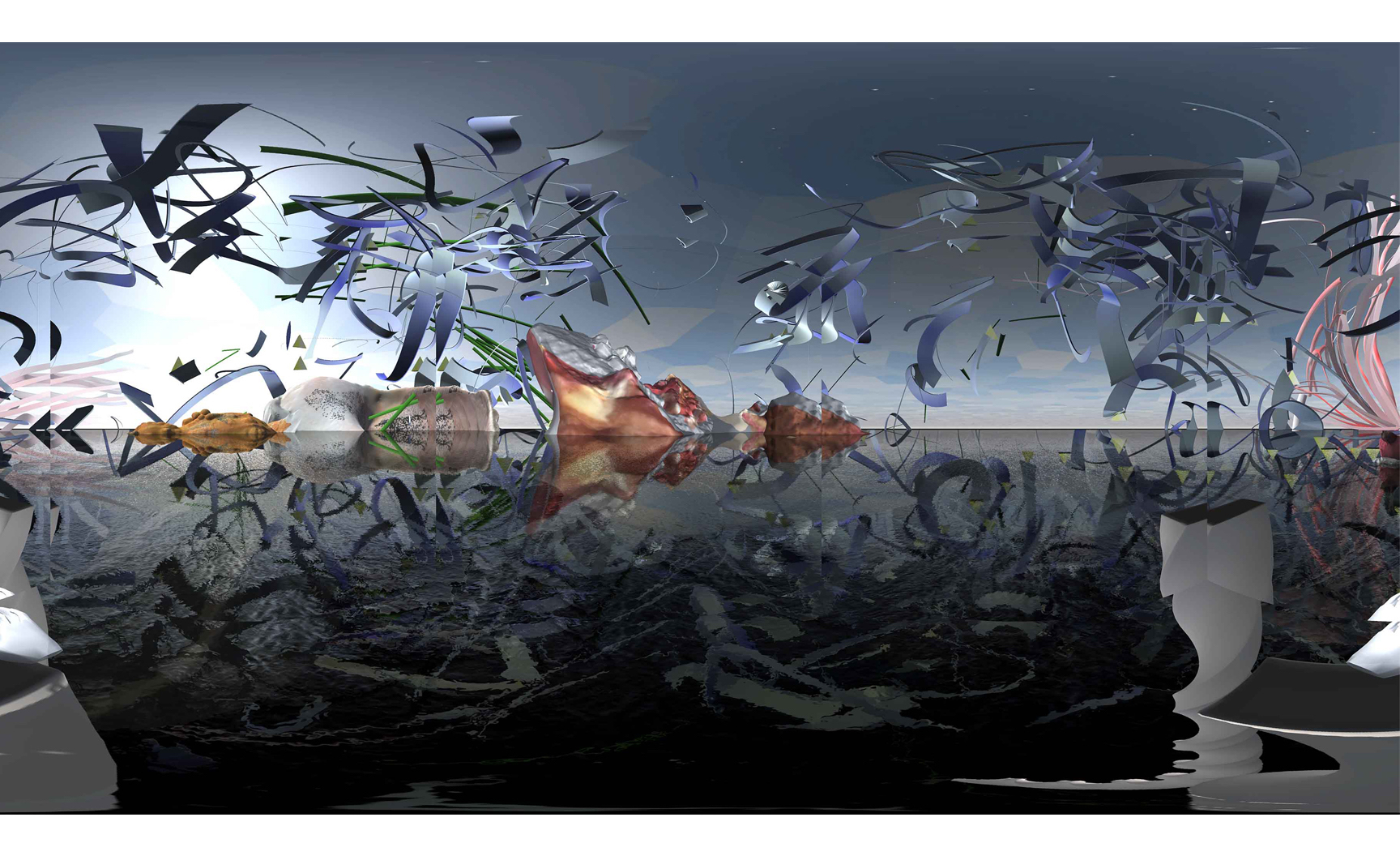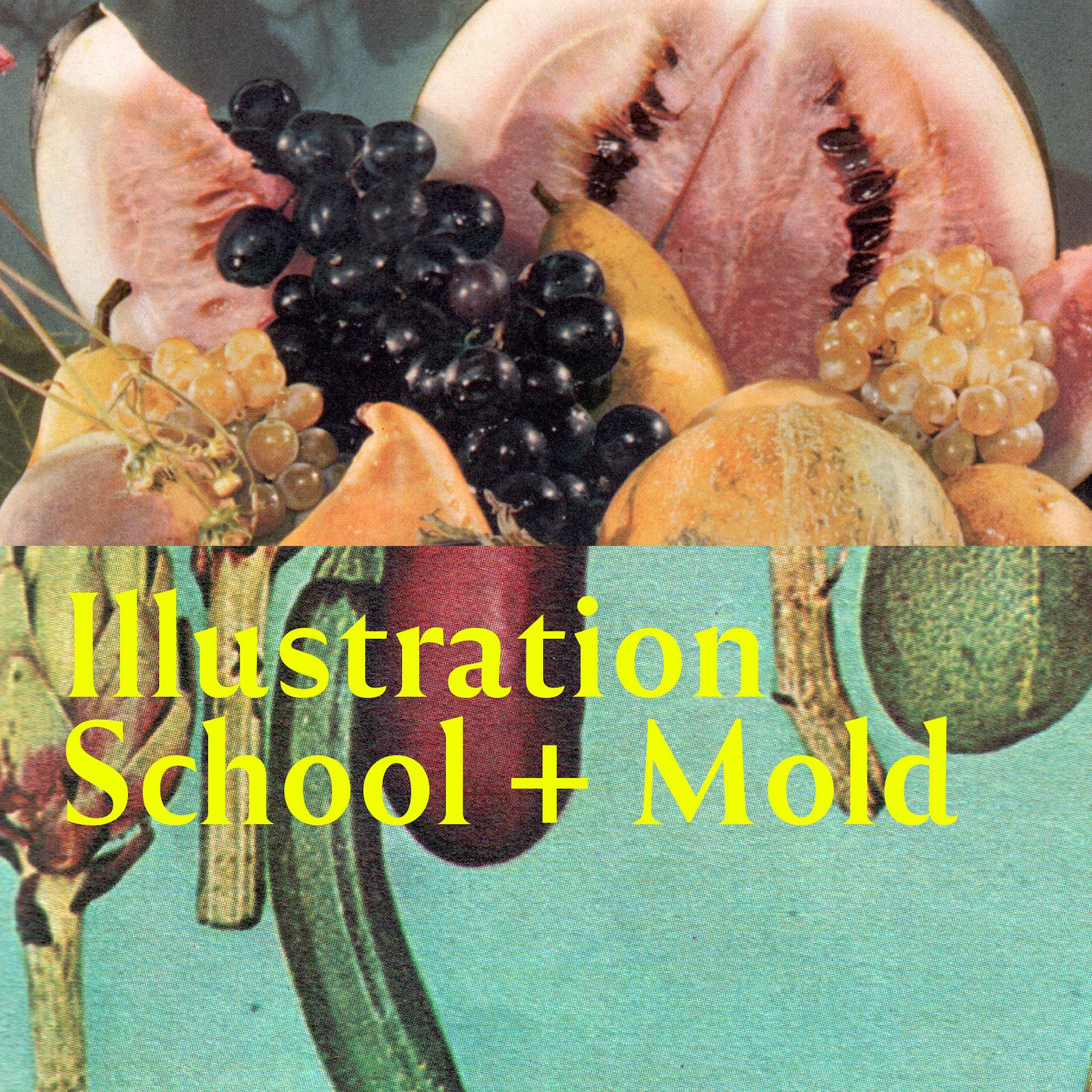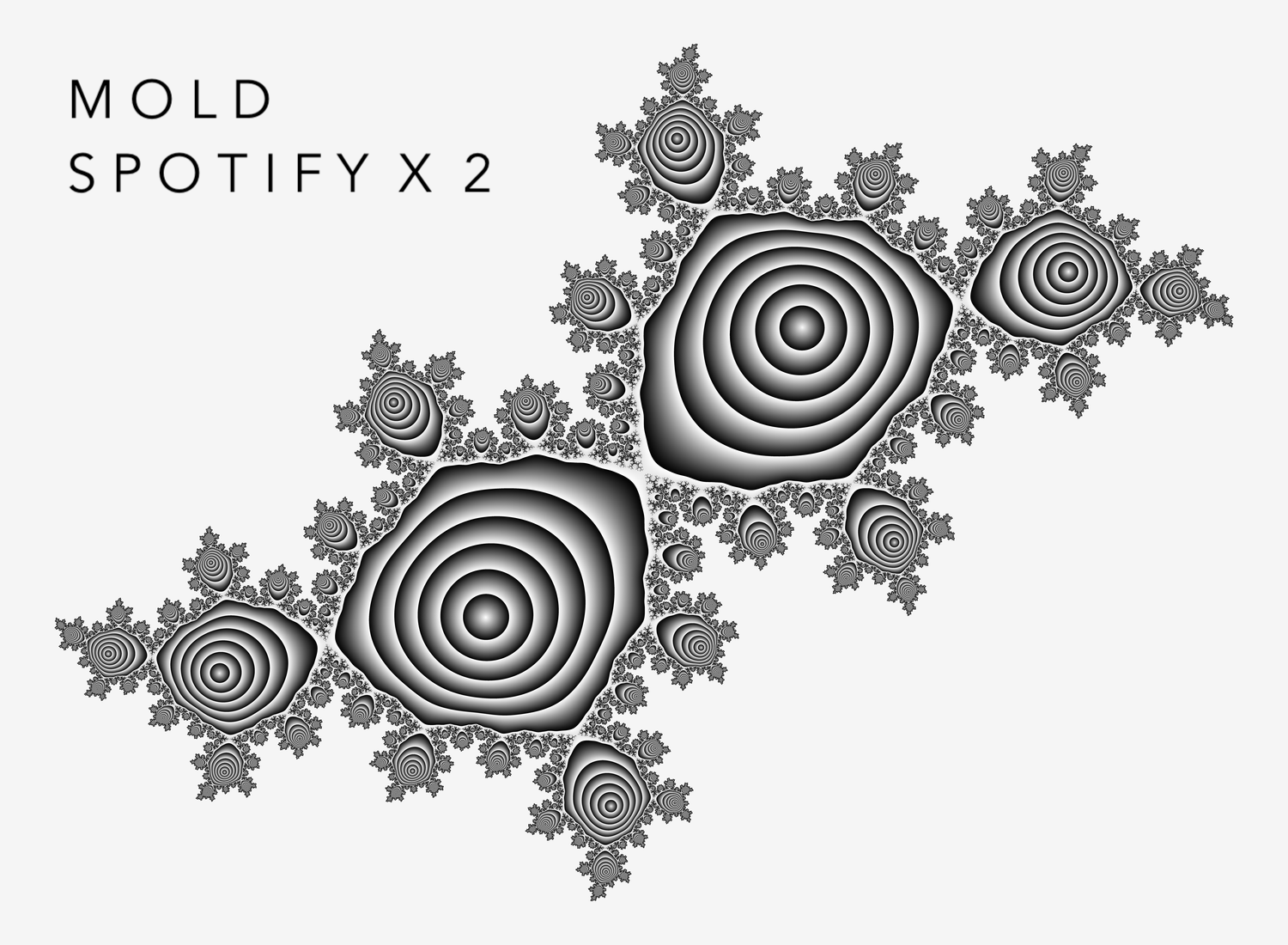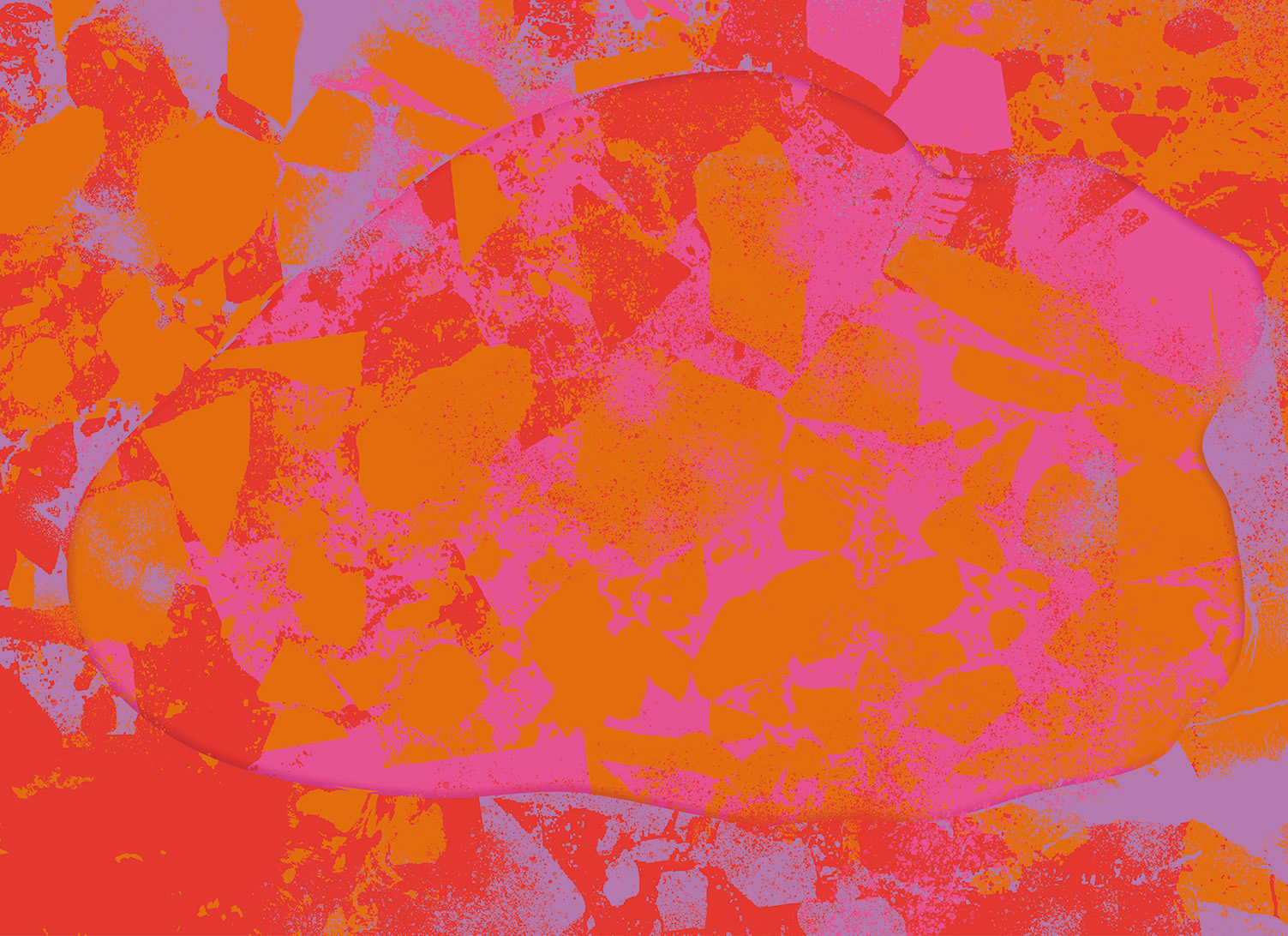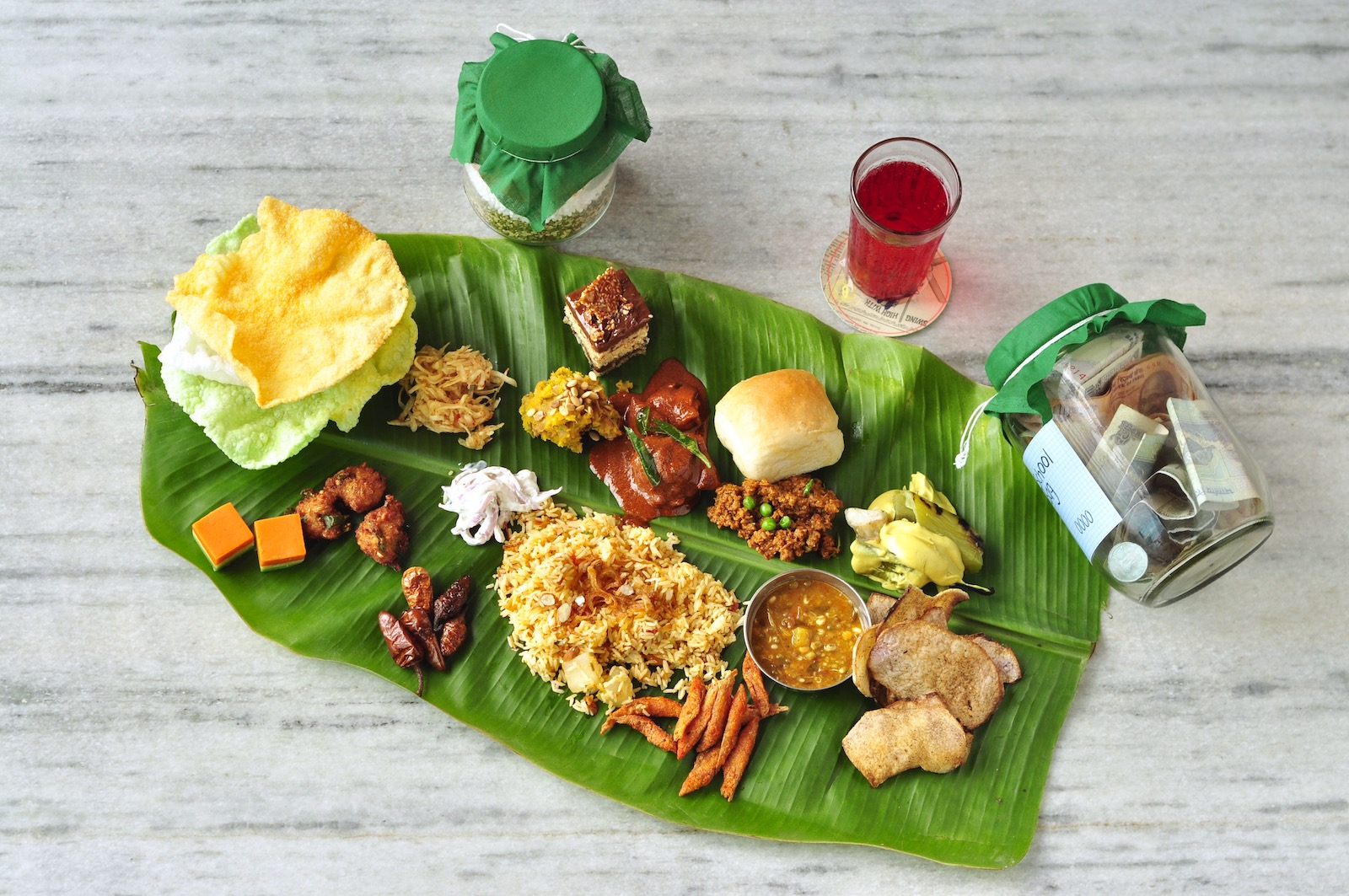“In what language does rain fall over tormented cities?”
Language. Lan-gu-age.
A language is the most private of things, the most public of things. Communication comes later. Language is really the inevitable bearer of various burdens—memory, traditions, histories, heritage. Language is really the reservoir of a great many ideas and opinions—colonialism, authenticity, nativism, nationalism, elitism, caste, identitarian politics, politics. I want to explain what language is, but refrain, for it would be a redundant exercise.
Here, in these times that we—the liberal, the privileged, the Other for the majority—have begun to lose grips of, “post-truth” is my favorite phrase of the day, because like in any archaic tract of any institutionalized belief system, it feels freeing to pass everything on to an entity. The entity is a phrase, in this case. Post-truth seems capable of bearing heavy baggage. As if a phrase can describe the extraordinary times we find ourselves in, nearly clueless, entirely helpless.
Is it fair to burden language thus? Too, a language that is at best ill-equipped to allow finesse and elegance grace the tongues of its very many practitioners. English, they say, is taking over the world. In India, there are officially 780 languages, only 22 of which are recognized in the Indian Constitution and thus find a presence on currency notes. A further 38 languages are on the waiting list to be accorded this status. Six, including three that I speak, are deemed classical languages. There are countless dialects and sociolects that do not find place in these official numbers. The architecture of these numbers is built upon ambiguous, vague, twisted and entirely calculated geo-eco-socio-politics.
 A study in palimpsest and the urbanesque, Bengaluru, India, 2018
A study in palimpsest and the urbanesque, Bengaluru, India, 2018
If English is the language of the business, of the marketplace, of the outward, cities are where it whisks itself into a frenzy of need, want and measures of aspiration. Like an incoherent river in spate, it creates islands along class lines, caste lines, privilege lines, and thus, in this country, along opportunity lines. Outside of this there is a language of the city I live in that I constantly seek. It isn’t the Kannada that is the language of the state, or Tamil, Telugu, Malayalam, Konkani and Tulu, the mains of South India, or Hindi, various Englishes, or so many of the 780 that reverberates in the mains and crosses of the addresses in this city. Bangalore, Bengaluru, ‘ooru, ‘luru, Blr—the language I seek is of its very being. It is the vibrations, pulse, soul, hum, buzz of this geography if I were to stop and listen. Like a lover desperate for any imagined shred of a beloved, this language shifts constantly, its vocabulary swells and it defies puritanism, as language should. More often than not, it refuses to articulate certain palimpsestic experiences of anthropo-geomorphology. There really aren’t any true words in any language for everything, just like there can be no final photograph.
I like to think, however naively, that it is in food that everything comes together. All understandings, the materiality, the musicality, the outside and the potentiality of languages. In the humble thali, the round plate with little bowls of various dishes and white rice heaped in the middle, it works. That the thali itself is a map of many politics is for another time to tell. I cook food a lot—mostly with love, though once in a while it is only because I need to. More importantly, I think about food a lot—the growing of it, the harvesting, the buying, the selling, cooking and eating of food. In each activity, a new language emerges, changing everything, constantly. What we say and how we say it has never been more important than now. Language has long ceased to be a mere signature of culture. I feel a sense of urgency when I make these statements, as if facts have begun to matter again. The orthography of that which is universal in language lies in food. At least it ought to. These are, thus, my inquiries to try to make sense of where, how and why we are what we eat.
This is the first in a monthly series of writings from writer and artist Deepa Bhasthi on the intersection of language, landscape and food.
